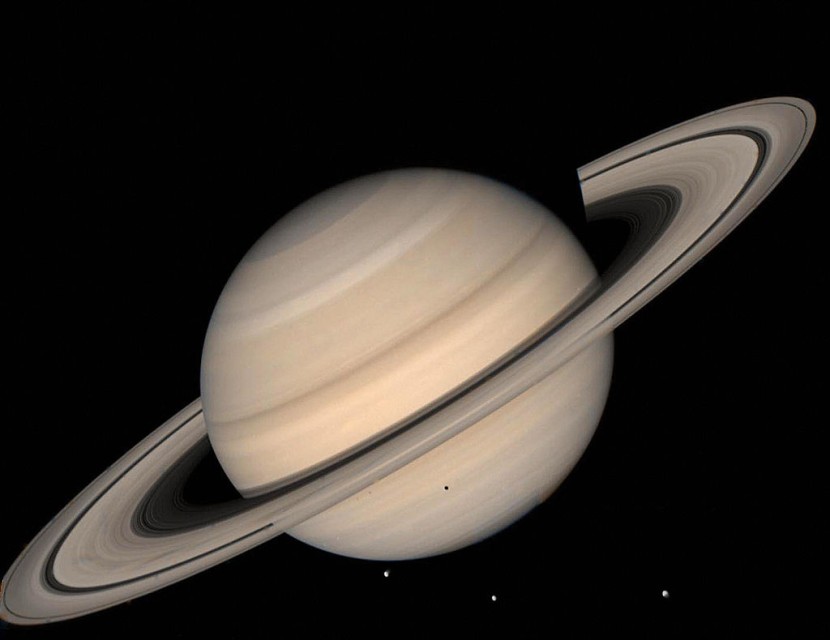
Saturn's mega-storms, which scientists believe could last hundreds of years, have potentially lasting effects on the gas giant and challenge experts' current understanding of the planet.
While great storms frequently appear on Saturn and other gas planets, they do not have as long lifespans as the ones on Jupiter, which is home to the Great Red Spot, which is believed to have been raging for hundreds of years.
Saturn's Century-Long Megastorms
The most recent storm on Saturn was during the Cassini-Hyugens mission when a trail of white pierced the gas giant's atmosphere, which scientists called the Great White Spot. Astronomers observed a similar spot in 1994 using the Hubble Space Telescope.
Observations that astronomers have conducted focusing on white storms on the planet have shown that they date as far back as 1876. The weather phenomena are considered separate storms because they were seen at different latitudes.
Scientists theorize that storms appear every two to three decades, each lasting only a few years. However, a new study published in Science Advances found that these storms can last much longer than previously thought, as per Universe Today.
The team behind the study looked at radio observations captured by the Very Large Array, a radio astronomy observatory. Saturn's upper atmosphere is known to be largely transparent to light, which makes it easier for astronomers to see much deeper into the gas giant's atmosphere.
Additionally, the team found various disruptions in deep layers of the planet's atmosphere; specifically, they found an abundance of ammonia. This element is considered a key component of the Great White Spots.
The disruptions were found to occur at latitudes correlating with the appearance of storms that happened in the past. This means the gas giant's periodic great storms have stirred its atmosphere for decades.
Mysterious Weather Phenomenon
The recent study was led by astronomers from the University of California, Berkeley, and the University of Michigan, Ann Arbor. The researchers studied radio emissions from the gas giant that originated from beneath its surface, according to SciTechDaily.
The storms on Saturn have baffled scientists because they are unlike hurricanes on our planet. They do not know what causes the mega storms in the gas giant's atmosphere, mainly composed of hydrogen and helium with small traces of methane, water, and ammonia.
In a statement, a former 51 Peg b Fellow at UC Berkeley, Cheng Li, now an assistant professor at the University of Michigan, said that understanding the mechanisms of the largest storms in our solar system is a crucial study. It puts the theory of hurricanes into a broader cosmic context and pushes the boundaries of terrestrial meteorology.
The researchers also noted that Saturn's atmosphere mostly looks hazy and featureless to the human eye, unlike Jupiter's colorful and vibrant atmosphere. The findings imply that mega-storms seem to drive some ammonia transport processes. This drags the element from the planet's upper atmosphere into the depths of the lower atmosphere, said Live Science.








